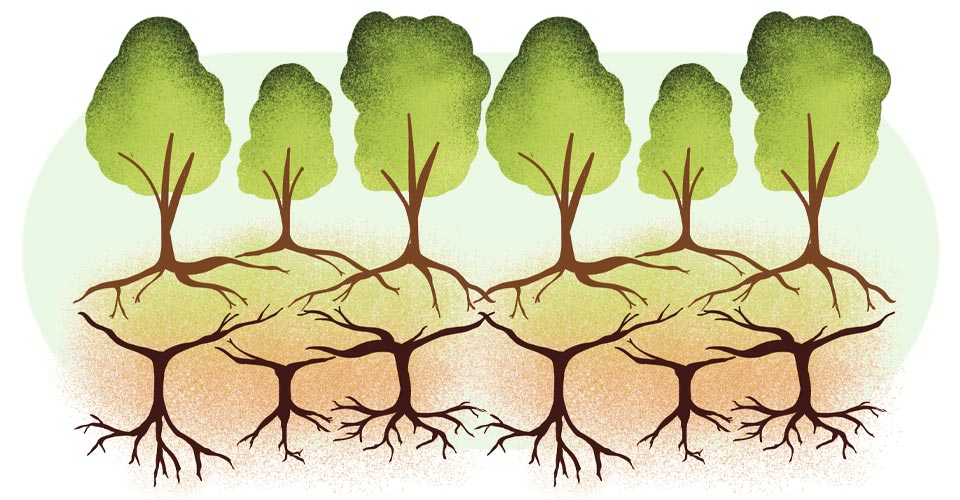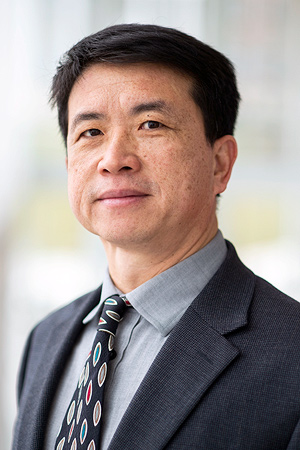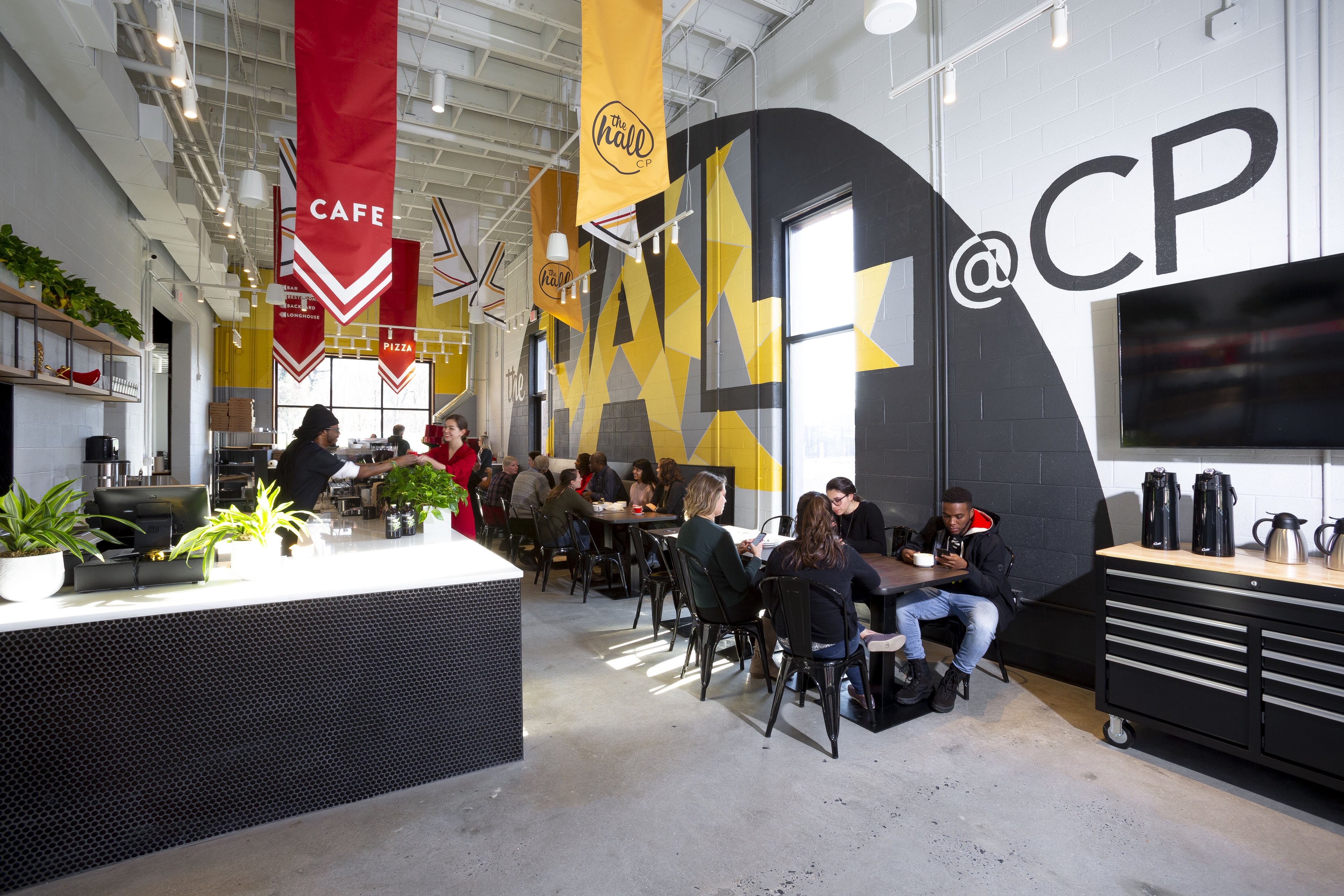|
Science on Tap
A monthly lecture series at UMD that explores the latest discoveries in science and technology in a relaxed atmosphere with food and drink
Wood Vault: Burying Woody Biomass to Fight Climate Change—A Simple Idea That May Actually Work


Ning Zeng
Professor, Department of Atmospheric and Oceanic Science and the Earth System Science Interdisciplinary Center, University of Maryland
Monday, March 7, 2022
Doors open at 6 p.m.
Lecture begins at 6:30 p.m.

The Hall CP
4656 Hotel Drive
College Park, MD 20742
Space is limited. Food and beverages will be available for purchase. One food or drink minimum per person. Happy hour specials will be available.
Questions? Contact Abby Robinson
at abbyr@umd.edu or 301-405-5845.
Subscribe to Receive Science on Tap Emails
This event is sponsored by the UMD College of Computer, Mathematical, and Natural Sciences and its Alumni Network.
ABOUT THE TALK
To keep Earth safe from dangerous climate change, a large amount of CO2 will need to be removed from the atmosphere and stored away permanently via negative emissions technology, for example: planting trees. But planting trees is not enough. The natural carbon cycle is in near balance. In an established forest, some trees absorb a large quantity of CO2, but other trees die, decay and release carbon back into the atmosphere. The idea of Wood Harvesting and Storage (WHS) proposes management intervention by tree harvesting or waste wood collection, followed by secure storage in engineered structures called Wood Vaults to prevent decomposition. Because the forest as a whole is still maintained and continues to absorb CO2, the net effect is to remove CO2 from the atmosphere. It is estimated that the potential for sustainable long-term carbon sequestration using WHS is 0.5-3 GtC/y (2-10 GtCO2/y), with the upper range being one-fourth of our current fossil fuel emission rate. Demo projects conducted so far show a durability of hundreds to thousands of years, and a cost of $10-50 per metric ton of CO2 sequestered. Specific applications can have synergy with waste management, fire risk reduction, mine remediation, as well as extending the benefit of reforestation. The technique is low-cost, distributed, easy-to-monitor, safe and creates green jobs, thus providing an option in the toolbox of climate mitigation and adaptation strategies. The idea is now being put into practice commercially in the burgeoning industry of Carbon Dioxide Removal, while opening a new area of research.
ABOUT THE SPEAKER
Ning Zeng is a professor in the Department of Atmospheric and Oceanic Science and the Earth System Science Interdisciplinary Center at the University of Maryland. He is also an affiliate professor in the Department of Geology and the Maryland Energy Innovation Institute. He earned his bachelor's degree in physics from the University of Science and Technology of China and his master’s degree in astrophysics and Ph.D. in atmospheric sciences from the University of Arizona. He has worked at MIT, UCLA, NASA's Goddard Space Flight Center, the Institute of Atmospheric Physics, and the Max-Planck Institute for Meteorology. His professional interests include climate change and variability, carbon cycle and ecosystem, carbon sequestration and other technical solutions and policy implications of climate change. He is a Clarivate Highly Cited Researcher and on Reuters' Hot List of Top Climate Scientists. He is a founding co-chief editor of the journal Earth System Dynamics. He was chair of the 9th International CO2 Conference. He is a contributor to the Intergovernmental Panel on Climate Change (IPCC) Reports and the Global Carbon Project. He served on the U.S. CLIVAR panel and the U.S. Carbon Cycle Science Working Group.
|






